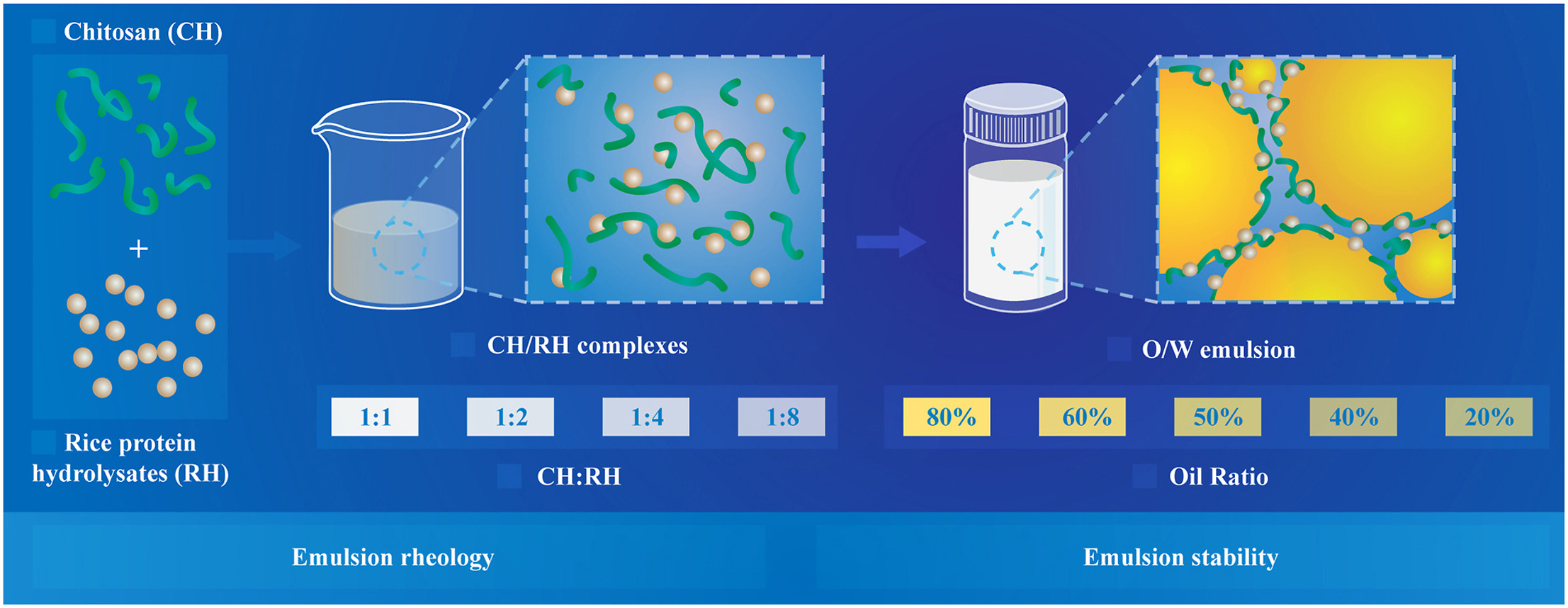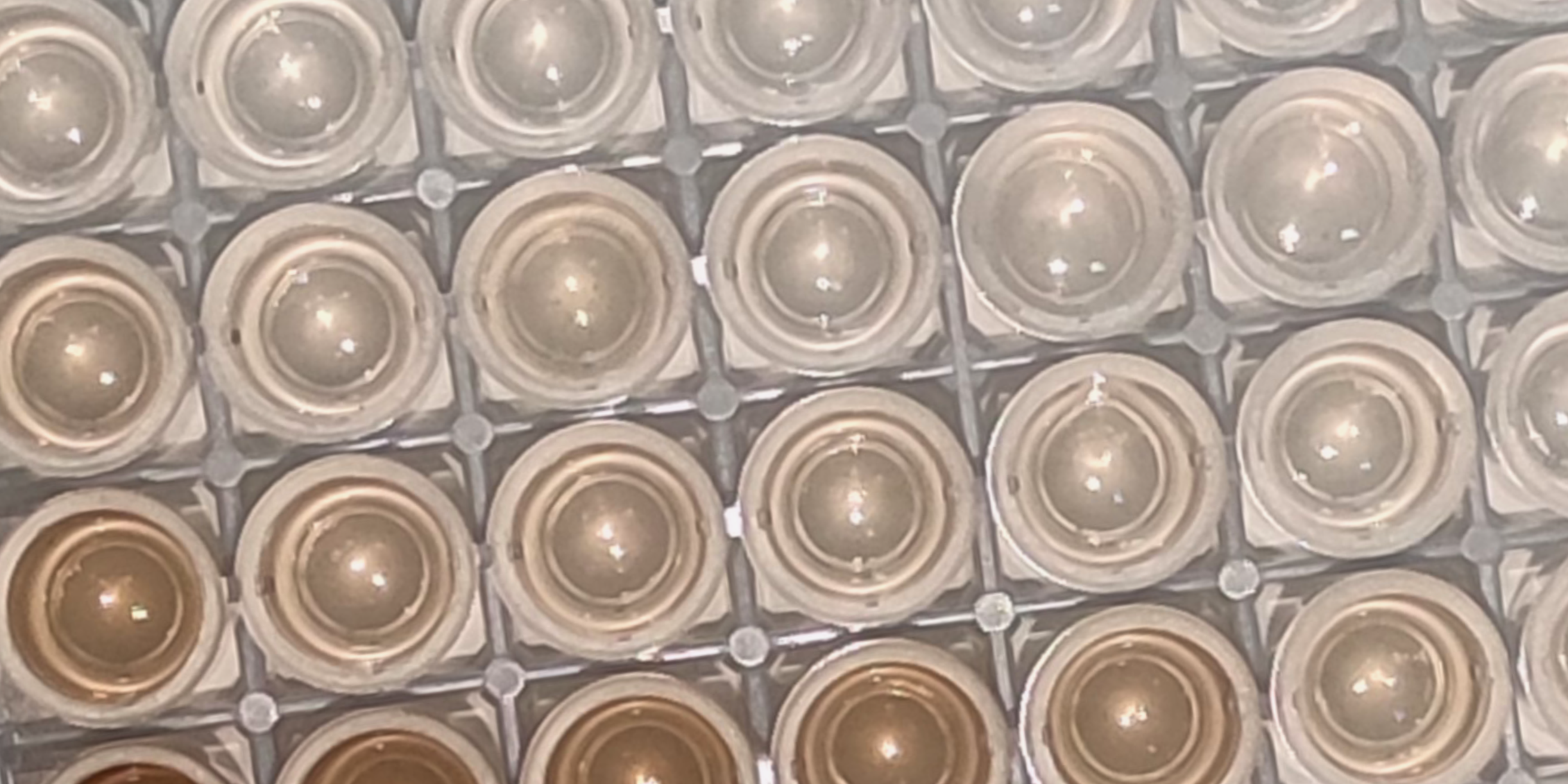1 min to read
Improving the emulsion by chitosan and rice protein hydrolysate
Enhancing the interfacial stability of O/W emulsion by adjusting interactions of chitosan and rice protein hydrolysate.

The influences of chitosan and rice protein hydrolysate (CH/RH) ratio and oil-water ratio on the emulsification efficiency, as well as the impact of RH on the formation of CH/RH complex coacervates was investigated. Emulsions prepared by CH/RH at different concentrations (1–4%) were also evaluated. Higher proportion of CH led to an increase in turbidity, ζ-potential, and particle size and a decrease in surface hydrophobicity of CH/RH. The ζ-potential and droplet sizes of CH/RH stabilized emulsions increased with increasing CH proportion at different oil-water ratios. The formation of strong network due to electrostatic interaction between CH and RH, possessing amphiphilicity contributed by hydrophobicity of RH and hydrophilicity of CH, improve emulsion stability. The CH/RH complexes at ratio of 1:1 can form more stable emulsion as oil volume fraction from 20% to 80%. CH/RH 1:1 emulsion had greater viscosity and storage/loss modulus values than other CH/RH complexes, followed by CH/RH 1:2 at oil fraction ≥50%. Higher oil fraction (60% and 80%) enhanced the viscosity while decreased the emulsion storage stability. Increasing CH/RH concentration can help to form a thicker and stronger interfacial layer on the droplets and a more stable network structure, thus enhancing emulsion stability. Overall, CH/RH 1:1 is more effective in enhancing the interfacial adsorption and emulsification stability than CH or RH alone, especially at 50% oil volume fraction. This study may contribute to the potential of CH/RH complexes for stabilizing emulsion system at different oil contents applied in different food formulations.
Graphical Abstract

Find the full text
The full text can be found on the Food Hydrocolloids 2023 Vol. 137.
Thank you for careful reading.

Comments